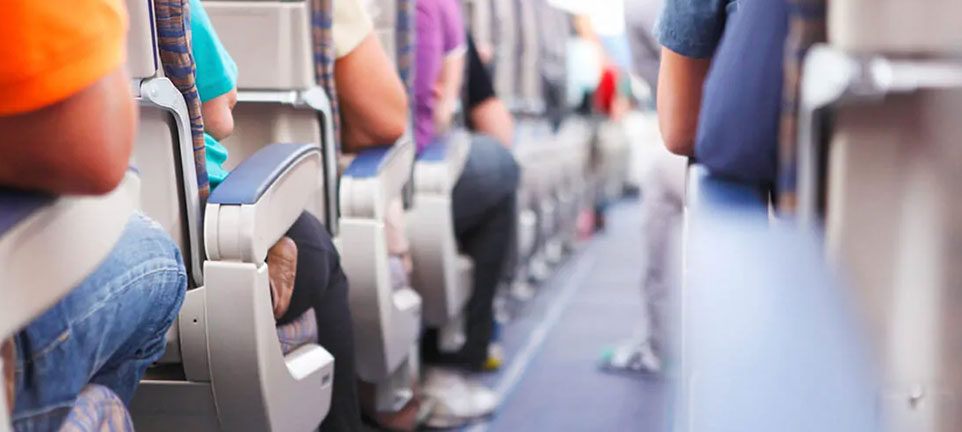
-
Free Parking Available
-
Wheelchair Access
-
Close to Public Transport


With our beautiful sunburnt country being so far away from the rest of the globe, we are often forced to voyage thousands of kilometers across the ocean to experience the most lustred after culture and diversity. So while traveling can be for work or pleasure, long plane rides and waiting times may often affect our health and it’s important to think about a few things before checking into your 20plus hour flight.
Here are things we can do in-flight to help hamper any ill effects.
When we travel across different time-zones abruptly, particularly in an eastern direction, we disrupt our circadian rhythm. This is our rate of activity of bodily processes over a 24hour period.
When our circadian rhythm is disrupted this is known as Jetlag, a combination of fatigue and other symptoms including sleepiness, digestive upsets or poor concentration. Though there is no cure for Jetlag, careful planning can help reduce its effects.
Firstly drinking plenty of water and limiting alcoholic or caffeinated drinks which disrupt the sleep cycle. Also, if you plan to catch a couple of z’s on the flight, set your clock to the time zone you are traveling to, to give your body a head start on adjusting.
When you are immobile for a prolonged period of time the muscles in our legs that help pump blood back to our heart aren’t working as efficiently and so for various reasons, there is the possibility that blood may pool in the legs. When this happens we increase the chance of developing a clot in the deep veins of our legs. This is known as deep vein thrombosis (DVT). When we fly, the risk of developing a DVT is doubled but there a only a few simple things we can do to help prevent this. Again, drink plenty of water during your flight, this will help increase blood flow. Wearing comfortable clothes that don’t restrict your movement is also a good idea and will also make for a much more comfortable flight, helping you relax. When it is appropriate, take walks around the cabin to help get the blood moving. You can also do the following exercises every half an hour to keep those muscles moving and pumping the blood back up to the heart;
You may find that if you are a nervous flyer, these few simple things can help reduce your risk of DVT and will actually keep your mind off your fear, so we kill two colloquial birds with the one stone.
Now that you are more aware of the things you can do to help improve your flight, you have one less thing to worry about on your overall traveling experience.
Don’t forget to also come in and see me for an Osteopathy session before and after your trip. The long periods of sitting can affect your neck and put strain on your lower back.
I look forward to hearing all about your traveling experiences when you return home to recuperate.
Bon Voyage!
Dr Bec Ellul





